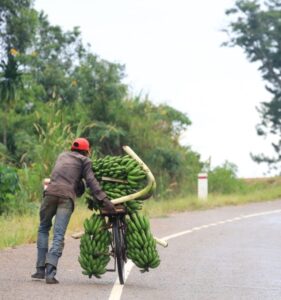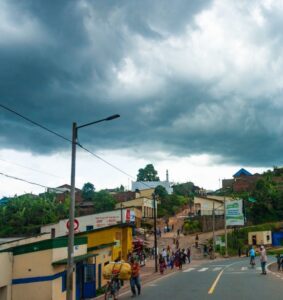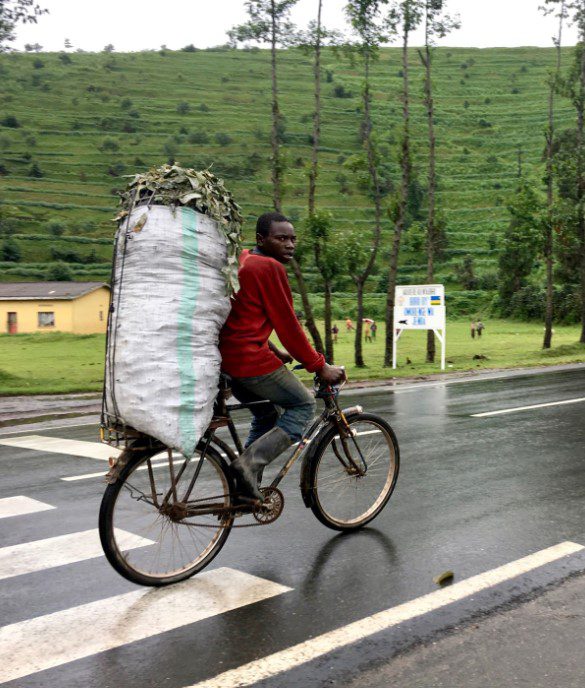Can I Bike Through Rwanda’s Countryside? An Inspirational Journey on Two Wheels
Rwanda. The Land of a Thousand Hills. A place where rolling green landscapes, misty volcanoes, and serene lakes beckon with silent allure. Imagine the sun rising over undulating tea plantations, a warm breeze kissing your cheeks, and the rhythmic pulse of your bicycle carrying you through the heart of Africa’s most captivating countryside. If you’re wondering, “Can I bike through Rwanda’s countryside?” the answer is a resounding yes and it might just be one of the most unforgettable adventures of your life.
A Country Made for Biking

Rwanda’s geography may seem daunting at first. Its nickname doesn’t come by accident the country is hilly, its roads wind like serpents through lush landscapes, and the terrain varies from gentle slopes to challenging climbs. But this very topography is what makes biking in Rwanda a magical, soul-stirring experience. The country is small, well-connected, and incredibly safe. Its network of tarmacked and dirt roads is ideal for cyclists seeking both comfort and challenge.
More importantly, Rwanda is committed to sustainable tourism and outdoor adventure. It’s not just about getting from one place to another it’s about the journey, the people you meet, the smiles exchanged with children running barefoot along the roadside, the rustling of banana leaves in the wind, and the slow unraveling of life far from the rush of city streets.
The Joy of the Open Road
Cycling through Rwanda offers something most travelers miss the raw, intimate connection with the land and its people. Whether you’re a casual rider or a serious cycling enthusiast, you’ll find routes suited to your skill level. The most popular biking route is the Congo Nile Trail, a spectacular 227-kilometer journey that traces the divide between the Congo and Nile river basins. It stretches from Rubavu (Gisenyi) on Lake Kivu, down through remote villages, plantations, and lush forests, finally reaching Rusizi in the southwest.
Along the way, you’ll pedal through rolling hills, camp near lake shores, visit coffee washing stations, and stay in community-run guesthouses that give back to local development. You’ll pass traditional markets brimming with colorful produce, and every now and then, stop to sip on freshly brewed Rwandan coffee under the shade of eucalyptus trees. The views? Simply breathtaking.
The People You’ll Meet
One of the most enriching aspects of biking through Rwanda’s countryside is the human connection. Rwandans are among the warmest, most welcoming people in East Africa. As you ride, you’ll be met with cheerful cries of “Amakuru!” and waves from curious children who rarely see foreigners traveling by bicycle. Locals may offer you fruit, directions, or even stories if you pause for a break. In the rural villages, hospitality is heartfelt and sincere, and these interactions often become the most cherished memories of the journey.
You’ll realize that Rwanda is more than a country—it’s a beating heart, full of resilience, beauty, and promise. Biking allows you to witness this firsthand, at a pace that invites observation, reflection, and genuine engagement.
Planning Your Cycling Adventure
To bike through Rwanda’s countryside, you’ll need a bit of planning, but it’s all part of the adventure. Here’s what you need to know:
1. Best Time to Go:
Rwanda has a temperate climate year-round, but the best months for cycling are during the dry seasonsfrom mid-December to early March, and from June to September. The roads are more manageable, the skies clearer, and the trails more accessible during these periods.

2. Fitness Level and Experience:
While you don’t need to be an elite cyclist, a moderate level of fitness helps. Some of the hills can be steep, and days can be long. But the beauty is in going at your own pace. Take breaks, hydrate, and enjoy the ride. Even beginners can complete shorter sections of popular trails or opt for guided biking day trips around Kigali or Lake Kivu.
3. Equipment and Gear:
You can bring your own bike or rent one in Kigali. Quality mountain bikes are available through local tour operators, some of whom also offer support vehicles, guides, and luggage transfers. Don’t forget essentials like a helmet, bike repair kit, sunscreen, water bottles, and comfortable clothing suited for tropical conditions.
4. Accommodation:
Rwanda’s countryside offers a mix of accommodation options, from eco-lodges to village homestays and campsites. The Congo Nile Trail has designated rest stops and guesthouses tailored for cyclists. Booking ahead during peak seasons is recommended.
5. Safety:
Rwanda is one of the safest countries in Africa. The roads are relatively quiet, especially in rural areas, and the locals are respectful and helpful. That said, standard precautions still apply: stay on marked routes, avoid cycling at night, and let someone know your itinerary if you’re going solo.
Where to Ride
Beyond the Congo Nile Trail, there are many other scenic routes worth exploring:
Kigali to Nyungwe Forest: A rewarding challenge, this ride takes you from Rwanda’s vibrant capital into the depths of one of Africa’s oldest rainforests. Expect winding mountain roads, wildlife sightings, and crisp forest air.
Musanze to Volcanoes National Park: Ride past patchwork farmlands and breathtaking views of the Virunga Mountains. This route is shorter but incredibly scenic, ideal for those wanting to combine cycling with gorilla trekking.
Eastern Plains and Akagera National Park: For something flatter, the east offers expansive savannahs, wildlife viewing, and a different side of Rwanda. Guided cycling safaris in Akagera are becoming increasingly popular.
A Journey That Changes You
Biking through Rwanda’s countryside is more than an outdoor activity it’s a journey into the soul of a nation that has overcome unimaginable hardship to become a beacon of hope and unity. It’s in the silence between the hills, in the laughter of schoolchildren waving from dusty tracks, and in the quiet strength of a farmer pushing a bicycle loaded with bananas.
Every turn of the wheel takes you deeper not just into the countryside, but into yourself. It’s humbling, inspiring, and empowering all at once. And when you finally pause at a viewpoint high above a valley, legs tired, heart full, you’ll realize something: you didn’t just bike through Rwanda. Rwanda moved through you.
So yes, you can bike through Rwanda’s countryside. And you absolutely should. It’s not just about reaching the destination it’s about becoming part of a living landscape that speaks to the human spirit. Pack your courage, your curiosity, and your sense of wonder. Rwanda is waiting.





